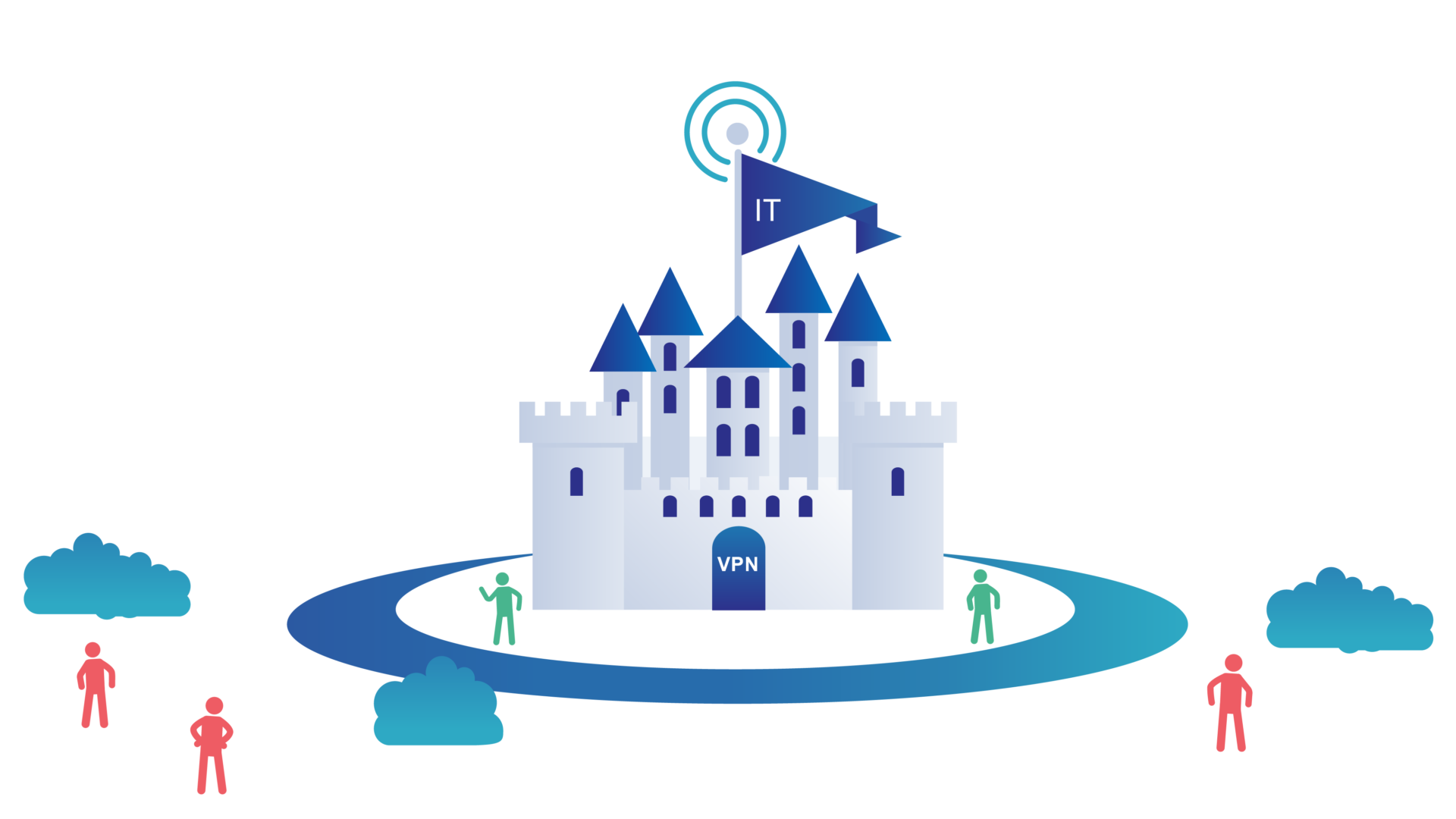
Cloud Computing 101: Cloud Security
Table of contents
In our previous blog, we discussed how cloud storage has become a key part of modern computing, changing the way people and businesses store, manage, and access their data.
With the increasing adoption of cloud services, the focus of attackers and hackers has also shifted towards these platforms. As a result, ensuring robust cloud security has never been more critical.
In this post, we will take a look at the main aspects of cloud security, the risks involved, and the best practices to keep your data safe in the cloud.
What is cloud security?
Cloud security refers to the measures and technologies used to protect data, applications, and services hosted in the cloud from threats and vulnerabilities.
It involves a combination of tools, policies, procedures, and controls designed to protect cloud computing environments against unauthorized access, data breaches, malware, and other cyber threats.
Common cloud security threats
Before developing security strategies and policies, it’s crucial to understand the potential threats and the extent of the damage they can cause:
- Data breaches: occur when unauthorized individuals gain access to sensitive information stored in the cloud. These breaches can result in the loss of personal data, intellectual property, and other critical information.
- Misconfigured cloud settings: incorrect settings can expose sensitive data to the public internet or allow unauthorized access. For example, leaving storage buckets open without proper permissions can lead to data exposure.
- Insider threats: involve employees, contractors, or other trusted individuals who intentionally or unintentionally compromise cloud security. These threats can be challenging to detect because insiders often have legitimate access to the cloud environment.
- Denial of service attacks: aim to make cloud services unavailable by overwhelming them with excessive traffic. These attacks can destroy business operations and lead to significant financial losses.
- Malware and ransomware: malicious software designed to infiltrate cloud environments, steal data, or lock users out of their systems until a ransom is paid. These threats can spread quickly and cause extensive damage.
Core security strategies

Zero-Trust security model
The Zero-Trust security model is a cybersecurity framework that requires strict identity verification for anyone trying to access a resource in the network.
The traditional "castle-and-moat" approach assumes that everything inside the network can be trusted. However, the problem with this approach is that once an attacker gains access to the network, they can access everything freely.
In contrast, the Zero-Trust security model abandons the traditional "trust but verify" approach and instead operates on the principle of "never trust, always verify". This helps mitigate the risk of data breaches and limits the potential damage from an attacker inside the network.
Identity and access management
Identity and access management known as IAM, is a framework of policies and technologies that ensures the right individuals have the appropriate access to the right resources and data. Here’s a breakdown of its key components:
- User Authentication: verify the identity of a user trying to access the cloud services. This often involves passwords, multi-factor authentication (MFA), and biometrics.
- User Authorization: determine what resources a user is allowed to access once authenticated. This is typically managed through roles and permissions.
- Access Policies: define rules that govern who can access what resources, under what conditions, and for how long. This can include time-based access and IP restrictions.
Cloud encryption
Encryption refers to the process of converting data into a coded form to prevent unauthorized access. This process ensures that sensitive information remains confidential and protected while stored in the cloud or transmitted over networks:
- Data-at-Rest Encryption: protects data stored in the cloud, such as files, databases, and backups.
- Data-in-Transit Encryption: secures data as it moves between the user's device and the cloud service provider, or between different cloud services.
Policies and procedures
Cloud security policies are essential documents that outline rules and strategies for using cloud services while minimizing risks and potential threats. They establish a framework to ensure the protection of data and applications within the cloud environment. These policies include:
- Data Protection Policies: guidelines for handling and protecting sensitive data. It includes data classification, encryption requirements, data retention and disposal procedures.
- Incident Response Plan: provide a structured approach for responding to security incidents in the cloud like: response team roles, communication plans, post-incident analysis and recovery procedures.
- Access Control Policies: rules for granting and revoking access to cloud resources. It includes role-based access control (RBAC), multi-factor authentication (MFA), least privilege principle and user account management.
Security frameworks

Security frameworks in the cloud are structured guidelines and best practices designed to protect data, applications, and infrastructure associated with cloud computing environments.
Creating your own security framework involves identifying unique organizational requirements, assessing specific risks, and developing tailored policies and controls to mitigate those risks effectively.
However, to build a robust and comprehensive security framework, it is advisable to base it on established frameworks such as:
- NIST Cybersecurity Framework: structured around five core functions: Identify, Protect, Detect, Respond, and Recover, each containing categories and subcategories that further define the specific activities and outcomes.
- ISO/IEC 27001: outlines requirements for establishing, implementing, maintaining, and continually improving an ISMS. It also includes guidelines for risk assessment and treatment.
- CIS Controls: are divided into three categories: Basic, Foundational, and Organizational, with each category containing specific controls designed to address different aspects of cybersecurity.
Conclusion
In conclusion, keeping the cloud environment secure is very important. This involves understanding who is responsible for what, managing access and identities, encrypting data, and constantly watching for security issues.
In the next post, we will talk about cloud monitoring. We'll look at how keeping a close eye on your cloud resources can improve security, performance, and cost efficiency.
If you have any questions, suggestions or need further clarifications, please feel free to get in touch with me. I'm here to help and support your journey in any way I can ^_^.
